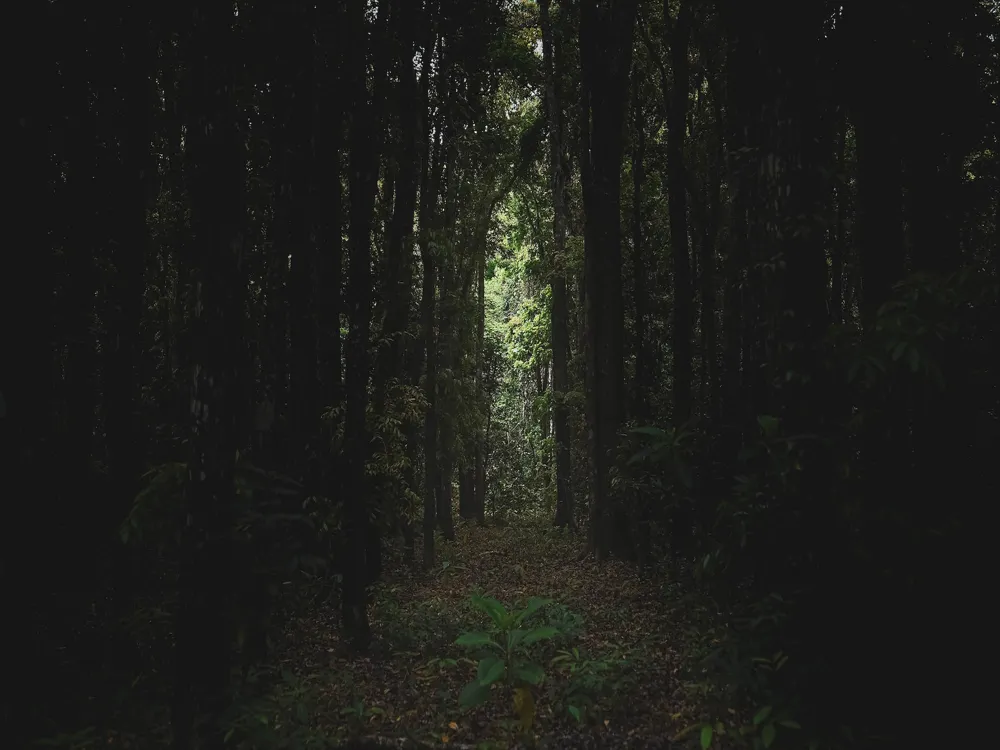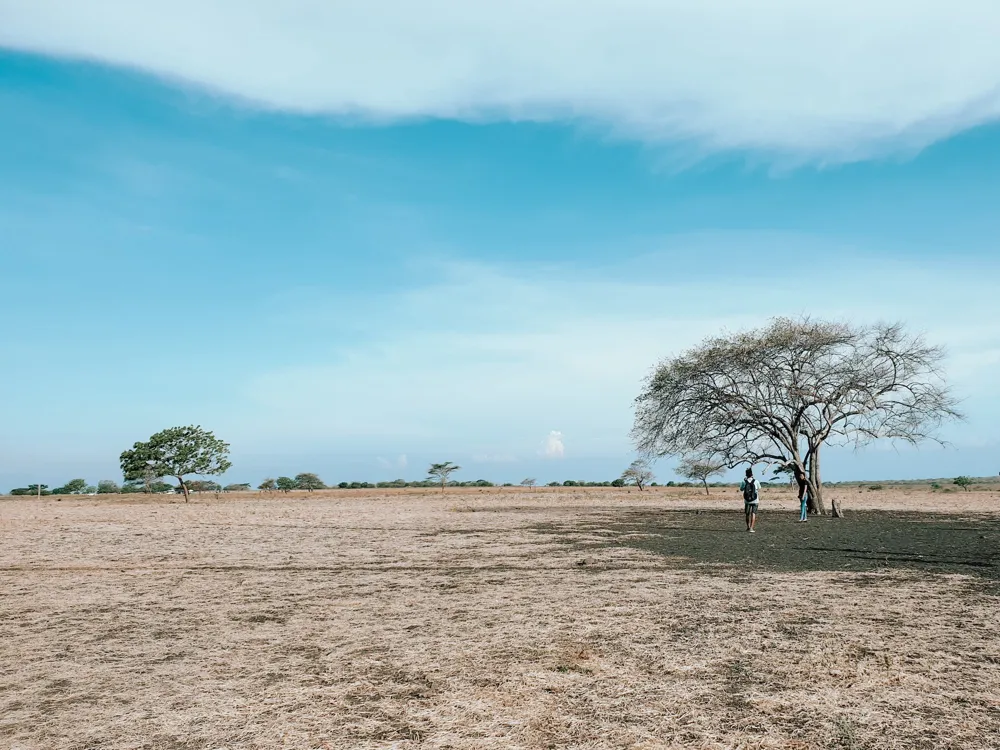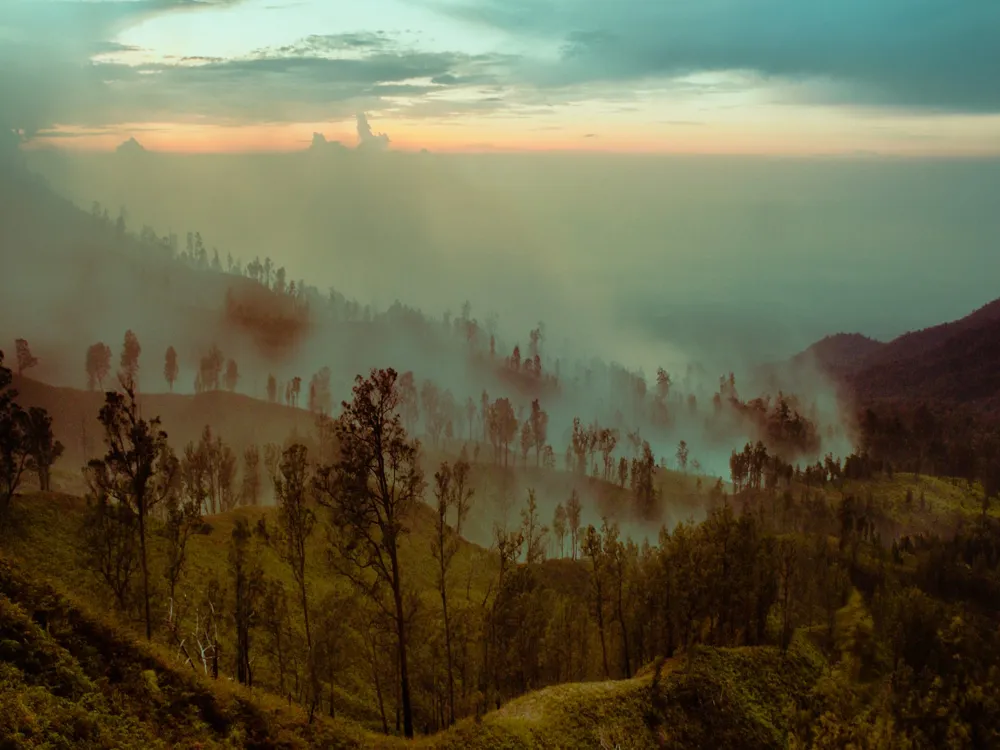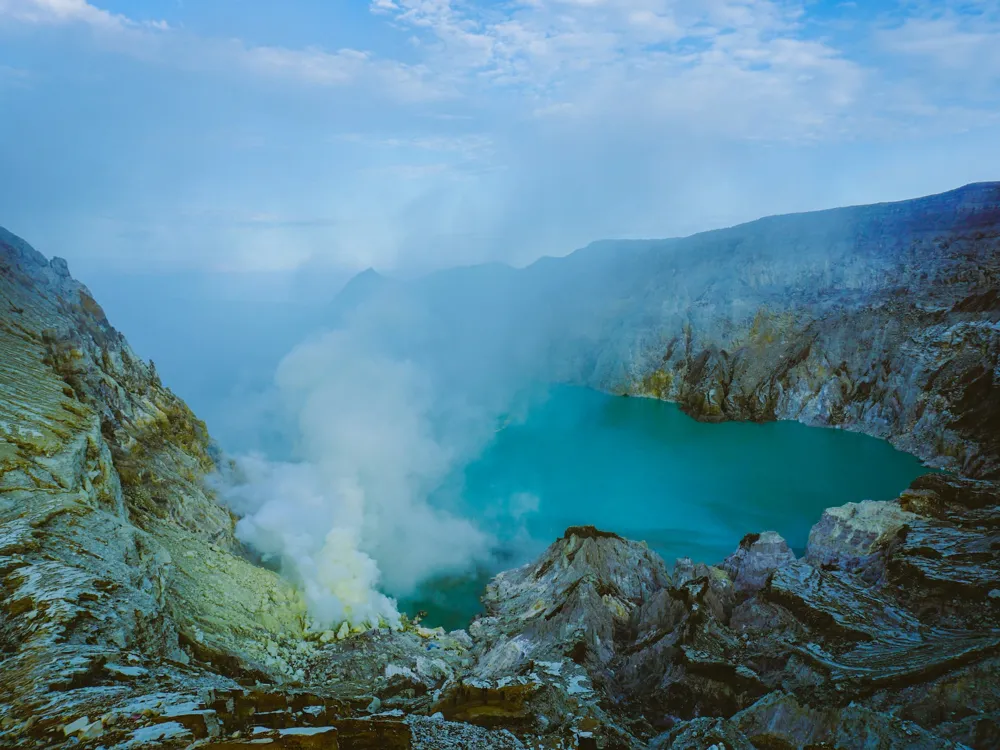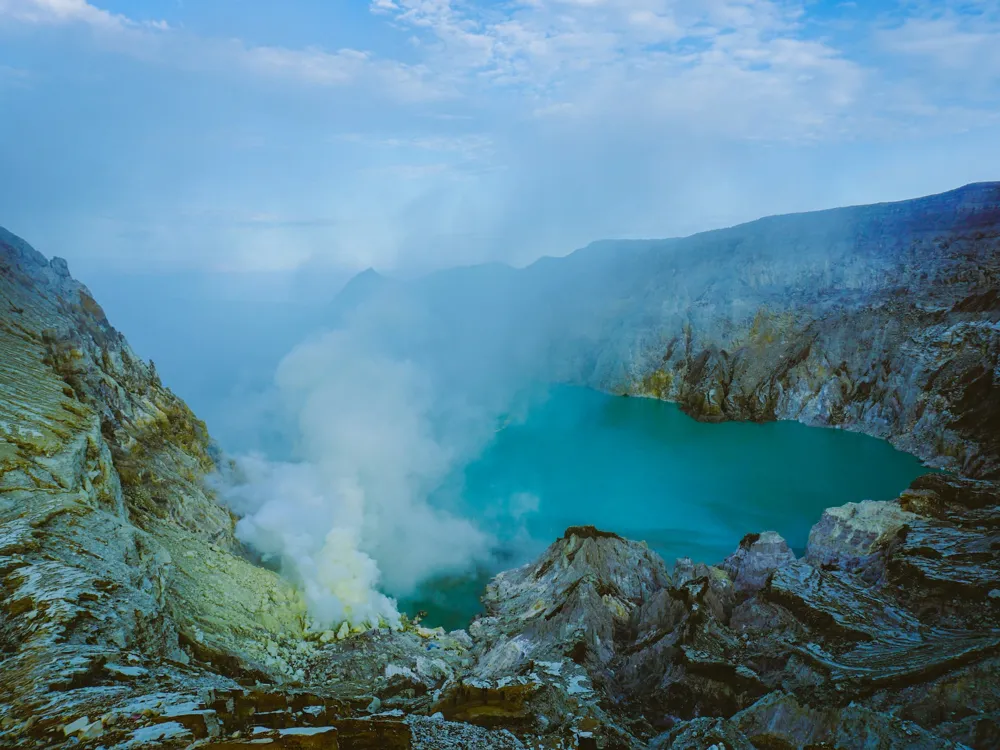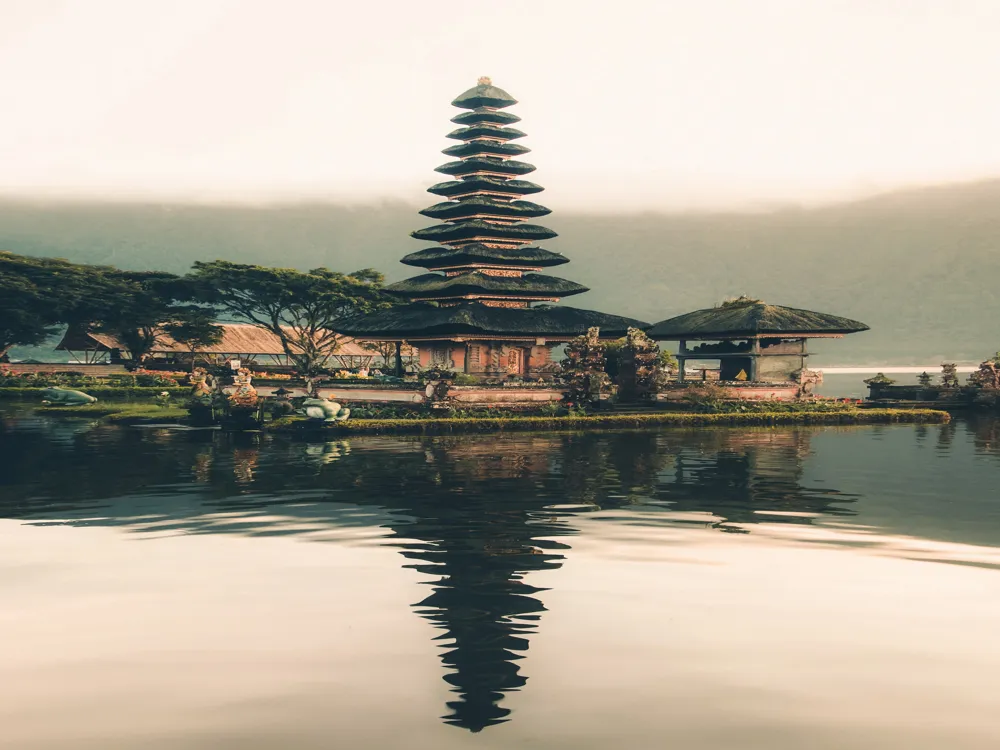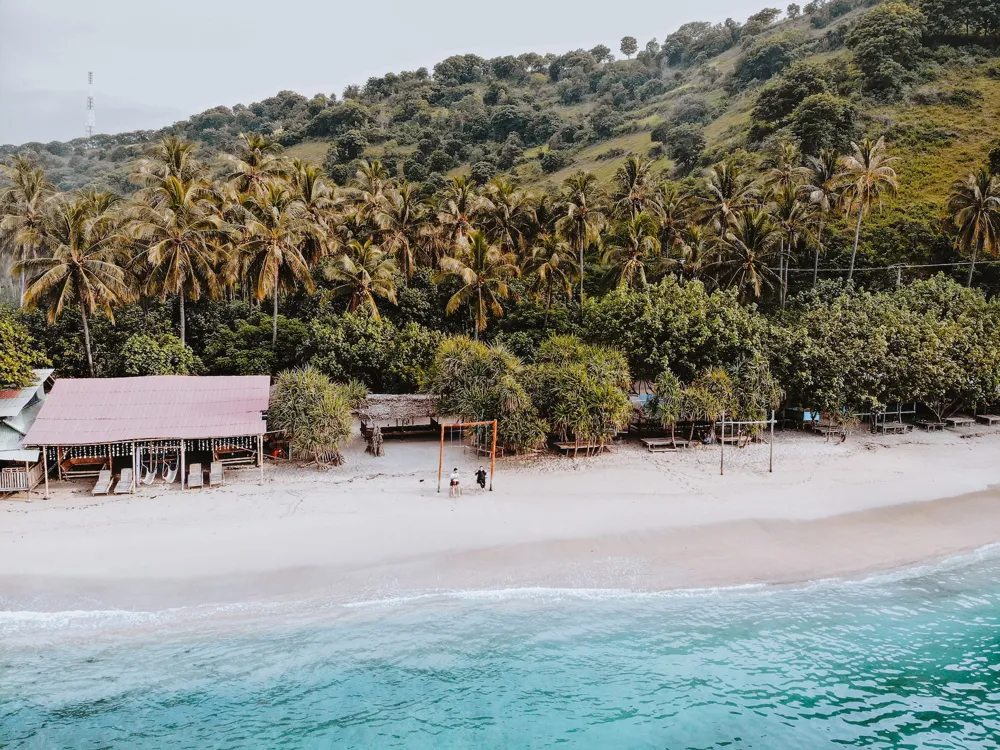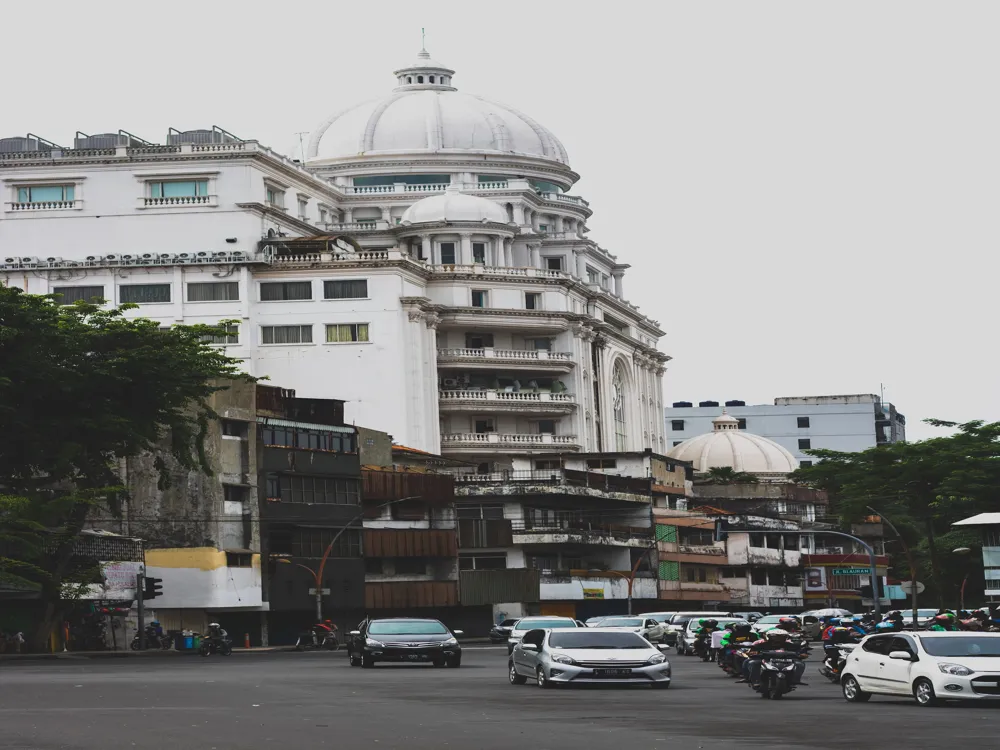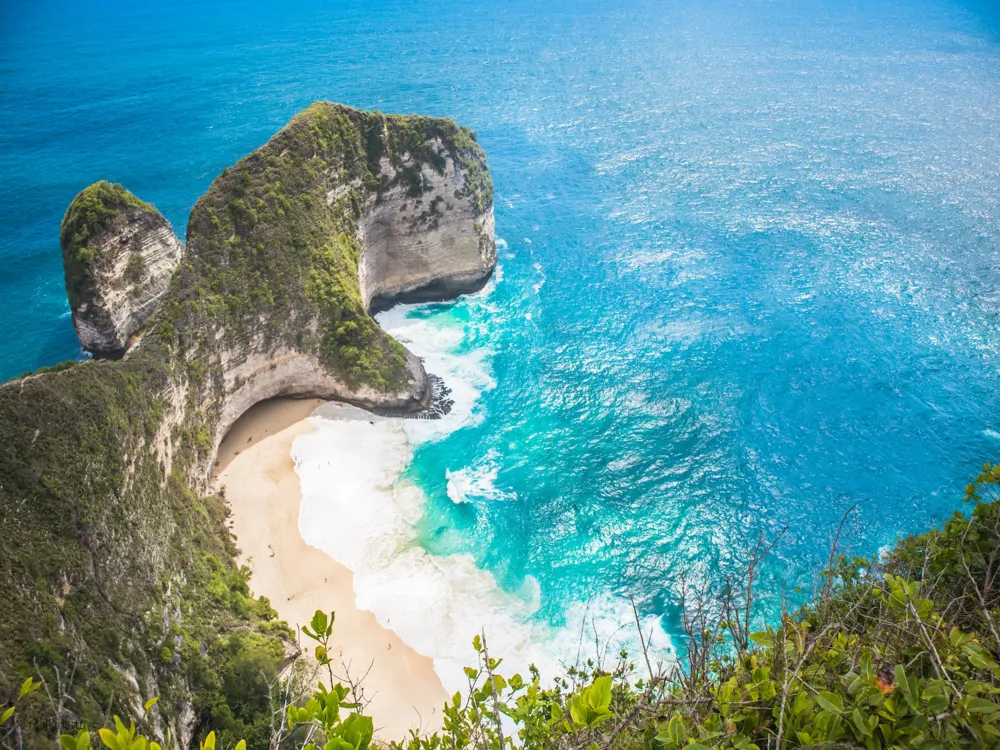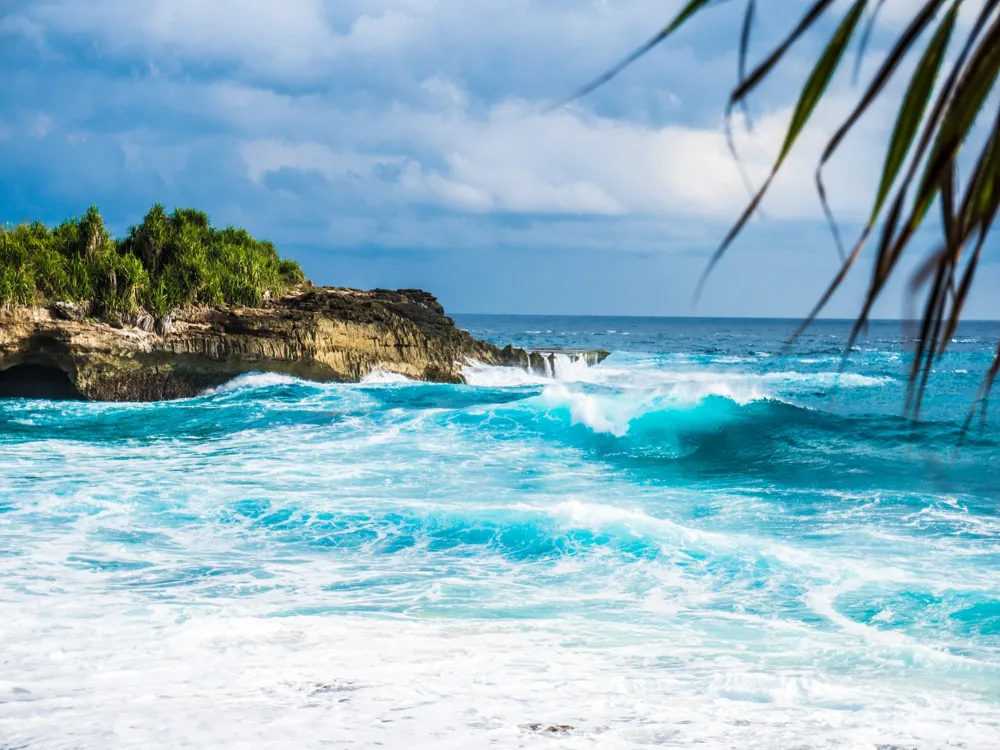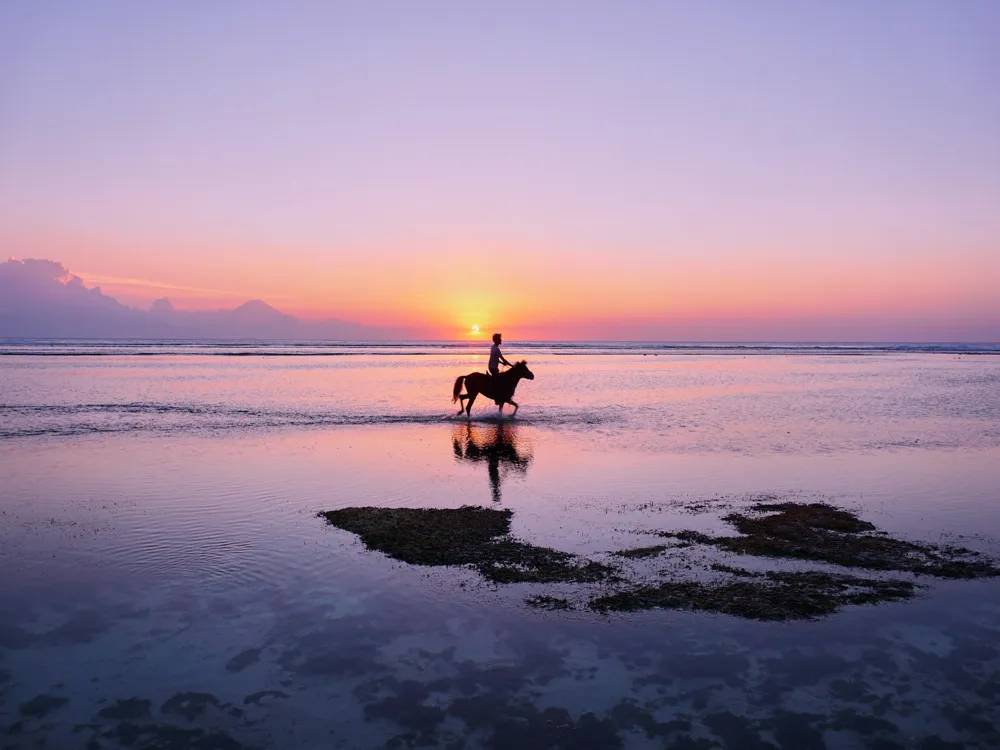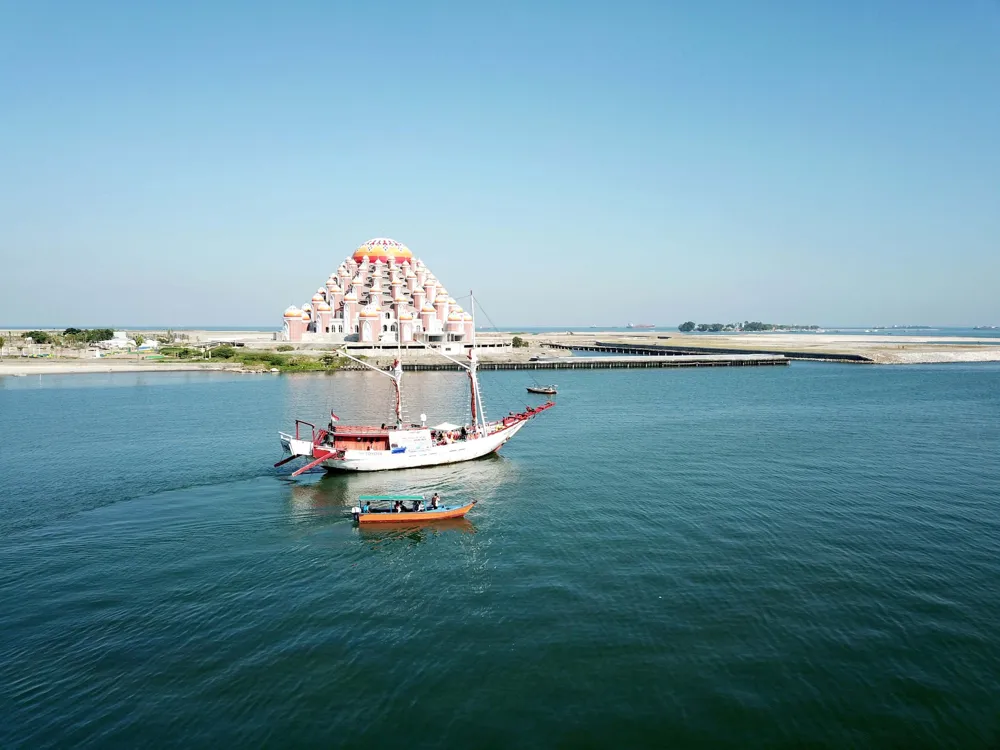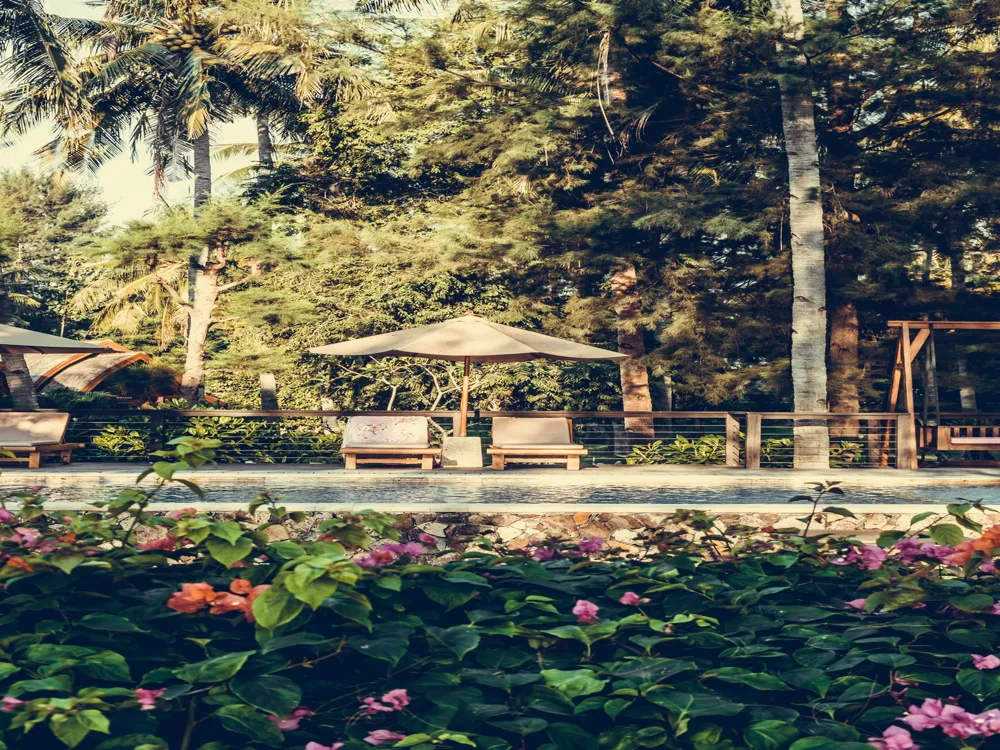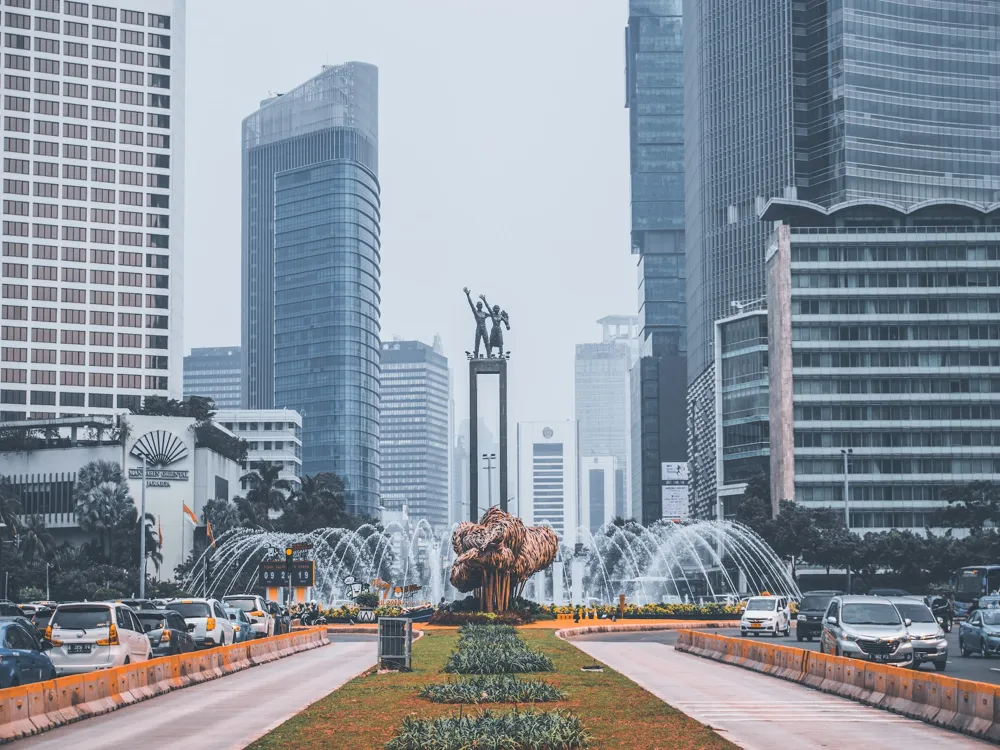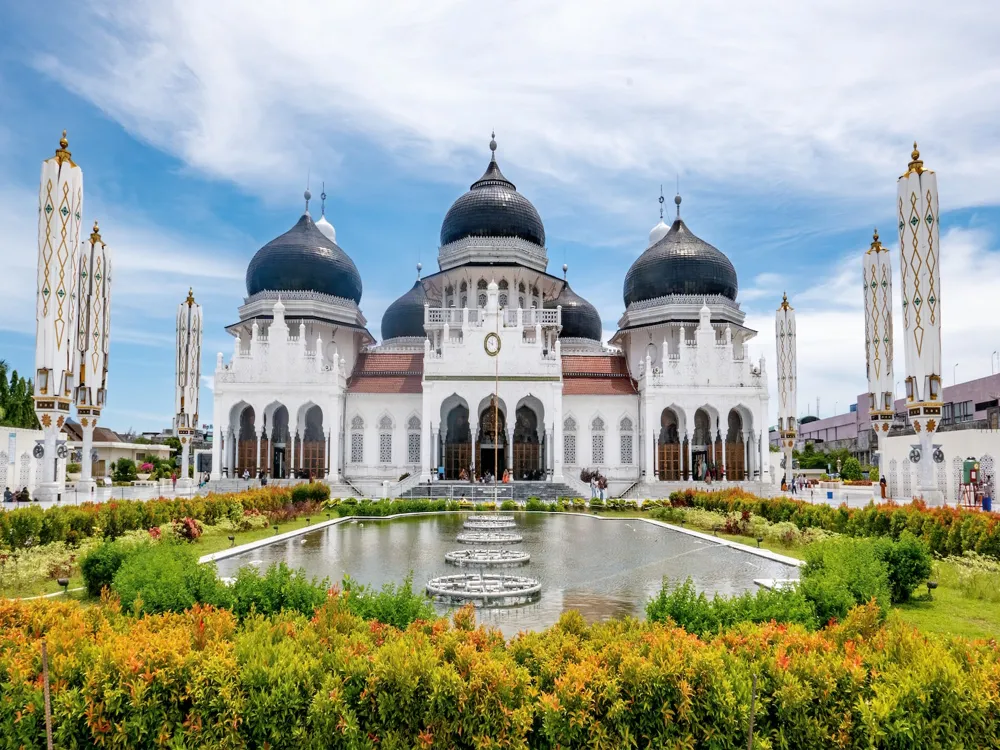Located in the enchanting region of Banyuwangi, East Java, Indonesia, Baluran National Park stands as a testament to Indonesia's rich biodiversity and natural beauty. Encompassing an area of approximately 25,000 hectares, the park is a unique blend of savanna, mangrove forests, and coral islands. It is named after Mount Baluran, an extinct volcano at the heart of the park. Often referred to as 'Little Africa of Java', the park is distinguished for its savanna landscape, which is quite rare in other parts of Indonesia. This savanna is home to a diverse array of wildlife, including the Javanese water buffalo (Banteng), Javan leopard, and various species of deer and monkeys. The park's northern coast is adorned with beautiful coral islands, providing a habitat for a variety of marine life. With a history stretching back to the Dutch colonial era, Baluran National Park was officially designated as a national park in 1984. It is an area of significant ecological importance, serving as a conservation area for numerous endangered species and a research ground for environmental studies. Its unique landscape also makes it a popular destination for eco-tourism and photography. The park's climate is generally dry, making it distinct from the typically tropical climate of Indonesia. The best time to visit is during the dry season, from April to October, when the savanna is at its most picturesque, and wildlife sightings are more common. Visitors can explore various zones in the park, each offering a unique experience – from the Bekol Savannah, famous for its teeming wildlife, and the Bama Beach, known for its coral reefs and marine biodiversity. Baluran National Park is a haven for nature enthusiasts and wildlife photographers. The park's savanna is home to an intriguing array of flora and fauna. Among the most notable animal species are the Javanese water buffalo, Javan leopards, peafowl, and various species of deer and monkeys. The park also provides sanctuary to several bird species, including the endangered Green Peafowl and Javan Hawk-eagle. The diverse habitats within the park, from its savanna to mangrove forests and coral reefs, support a rich variety of plant life. The mangrove forest area, in particular, is a critical habitat for numerous fish and bird species. The park's extensive coral reef systems are also a major draw, offering some of the best snorkeling and diving experiences in Java. Conservation is a key focus in Baluran National Park. The park serves as a crucial habitat for several endangered species and plays a significant role in environmental conservation efforts. Ongoing projects include habitat restoration, anti-poaching initiatives, and community outreach programs aimed at promoting sustainable tourism practices. Baluran National Park is not just a hub for biodiversity; it's also an exemplary model for eco-tourism. Visitors are encouraged to follow strict guidelines to minimize their impact on the environment. The park offers guided tours, trekking, and educational programs, emphasizing the importance of conservation and the role of visitors in maintaining the park's natural beauty. The architecture of Baluran National Park is a harmonious blend of natural landscapes and thoughtfully designed facilities. The park's infrastructure has been developed with a keen focus on sustainability and environmental harmony. At the forefront of the park's architectural design is the visitor center, which serves as an educational hub and starting point for tours. It features an eco-friendly design, incorporating local materials and traditional Javanese architectural elements. The center provides comprehensive information about the park's biodiversity and conservation efforts, along with exhibits that showcase the park's natural and cultural heritage. Accommodation facilities within the park, including lodges and campgrounds, are designed to have minimal environmental impact. These facilities blend seamlessly into the natural surroundings, offering visitors a unique experience of staying close to nature while ensuring comfort and safety. The park's viewing towers and observation posts are strategically placed to offer panoramic views of the savanna and coastline. These structures are constructed using sustainable materials and are designed to blend with the landscape, providing visitors with unobstructed views of the park's wildlife and natural beauty. Sustainability is at the heart of the park's architectural ethos. Renewable energy sources, such as solar panels, are widely used to power facilities. Water conservation practices and waste management systems are implemented to maintain the park's ecological balance. The park's trails and walkways are designed to minimize human impact on sensitive habitats. They allow visitors to explore the park's diverse landscapes while ensuring the protection of its flora and fauna. The architectural design of Baluran National Park deeply respects and integrates local cultural elements. The use of traditional Javanese motifs and construction techniques reflects the region's rich cultural heritage. This integration not only enhances the aesthetic appeal of the park's facilities but also fosters a sense of connection and respect for the local community. The park's educational and research facilities are crucial components of its architectural landscape. These facilities provide a base for scientific research and environmental education, supporting the park's mission of conservation and sustainable tourism. The ideal time to visit Baluran National Park is during the dry season, from April to October. Wildlife sightings are more frequent, and the savanna landscape is at its most picturesque. Visitors should bring comfortable hiking shoes, sunscreen, a hat, and plenty of water. Binoculars and a camera are also recommended for wildlife watching and photography. Participating in guided tours can enhance your experience. The park offers various activities including wildlife watching, trekking, and snorkeling. Visitors are encouraged to follow eco-friendly practices such as disposing of waste properly, staying on designated trails, and minimizing noise to protect wildlife. Baluran National Park is accessible by road from various cities in East Java. The nearest city is Banyuwangi, which is about a 60-minute drive away. Visitors can reach Banyuwangi by train, bus, or plane, and then hire a taxi or rent a car to get to the park. For international visitors, the closest airport is the Banyuwangi Airport, offering flights from major cities in Indonesia. For those traveling from Bali, a ferry service is available from Gilimanuk to Ketapang in Banyuwangi, followed by a road journey to the park. This route offers a scenic trip, showcasing the natural beauty of the Java-Bali strait. Read MoreOverview of Baluran National Park in Banyuwangi
Unique Flora and Fauna
Conservation Efforts
Visitor Impact and Eco-Tourism
Architecture of Baluran National Park
Sustainable Design and Eco-friendly Practices
Integration with Local Culture
Educational and Research Facilities
Tips When Visiting Baluran National Park
Best Time to Visit
What to Bring
Guided Tours and Activities
Eco-friendly Practices
How To Reach Baluran National Park
Baluran National Park
Banyuwangi
NaN onwards
View banyuwangi Packages
Weather :
Tags : National Park
Entry Fees : Foreign Tourists - IDR 225.000 (weekends), IDR. 150.000(weekdays)
Local Visitors - IDR. 17.500 (weekends), IDR. 15.000 (weekdays)
Timings : Open on all days including National holidays from 07:00 - 16:00
Planning a Trip? Ask Your Question
Banyuwangi Travel Packages
View All Packages For Banyuwangi
Top Hotel Collections for Banyuwangi

Private Pool

Luxury Hotels

5-Star Hotels

Pet Friendly
Top Hotels Near Banyuwangi
Other Top Ranking Places In Banyuwangi
View All Places To Visit In banyuwangi
View banyuwangi Packages
Weather :
Tags : National Park
Entry Fees : Foreign Tourists - IDR 225.000 (weekends), IDR. 150.000(weekdays)
Local Visitors - IDR. 17.500 (weekends), IDR. 15.000 (weekdays)
Timings : Open on all days including National holidays from 07:00 - 16:00
Planning a Trip? Ask Your Question
Banyuwangi Travel Packages
View All Packages For Banyuwangi
Top Hotel Collections for Banyuwangi

Private Pool

Luxury Hotels

5-Star Hotels

Pet Friendly







